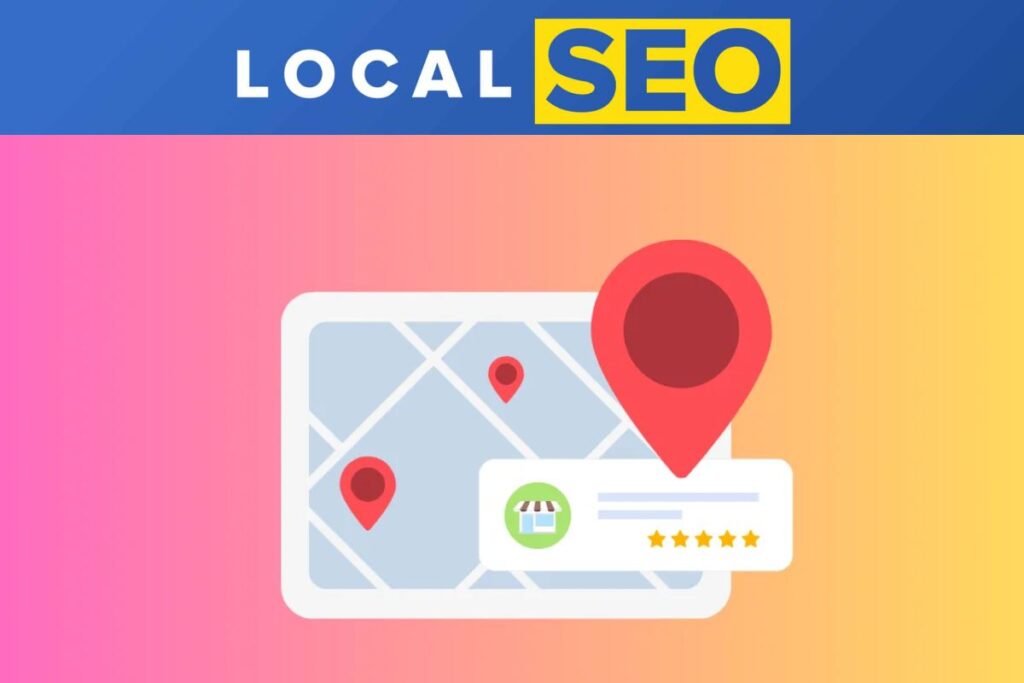Before modern consumers visit a business, they do a quick ‘near me’ search on their mobile devices. For instance, an individual would type “best art gallery near me” or “affordable thrift store nearby” into the search bar. Search Engine Land reports 60% of customers reach out to local ventures through Google search results from smartphones. Of these consumers, 76% visit businesses close by within 24 hours. What does this mean for entrepreneurs like you? An online presence is non-negotiable if you’re to improve your local success. Here’s where optimizing your site for local search comes into play. This tactic boosts your presence online by ensuring customers in your neighborhood, town, or city see you on Google Maps during searches. But appearing on Google’s Map alone shouldn’t be the goal for a business aiming to convert foot traffic into revenue. This post highlights the secret to win with localized search and get a competitive lead.
Turn Google Business Profile Into a Conversion Tool
Think of Google Business Profile- formerly Google My Business as an online storefront, where customers get first-hand info about a brand. When optimized correctly, your business profile page can help you rank in Google’s local search results. Landing a spot on this box means you’re a click away from catching a customer’s attention and potential view of your website. To make your GBP a conversion machine, keep the business description, contacts, website link, operating hours, and location up-to-date.
Check that the details match those on your website because a slight difference will hurt your search rankings. Don’t just add your firm’s logo or cover photo. Include photos that display the products or services you offer. A report by Google reveals that 90% of individuals will visit you if they see business photos on Google Search and Maps. Businesses also get 42% more direction requests and 35% clicks to their websites. Connect with your audience from the start by sharing blog posts, promotions, and upcoming events. It doesn’t hurt to add a call-to-action button to your posts to motivate the audience to make a purchase.
Ensure Seamless Website Experience
User experience (UX) or how someone feels when they’re browsing your site determines how long they stay and if they’ll make a purchase. According to statistics on Forbes, the average time users take to form an opinion about website performance is 0.05 seconds. And they stay on a page for 54 seconds on average. From this data, you can tell that having a site that’s responsive or loads quickly and provides clear information keeps customers engaged. With many local searches coming from mobile, having a mobile-friendly website is also crucial to support better UX and higher rankings. So, what should you do? Design a website that adjusts to different screen sizes and loads faster on mobile devices.
Designing a user-friendly website for higher traffic and conversion rates can feel overwhelming. So, it would make sense to work with a digital marketer who has expertise in web development. Outsourcing your website creation to digital marketing agency Perth, for instance, guarantees your ecommerce site is optimized for speed, customer satisfaction, and mobile use. An expert in website design and online marketing also implements SEO tactics customized to attract and convert high-quality leads.
Leverage On-page Optimization
Have you thought of how your website will be visible to the right audience in your location? The key is to dominate local SERPs using on-page SEO techniques. Start with a localized landing page tailored to the audience in your area to promote engagement. This is done by highlighting location-specific details like business hours, phone, address, and, if viable, client testimonials. Then, mention community activities, regional news, and landmarks. Target local keywords and localize website content as well to enhance visibility.
Note, people don’t use plain terms like “pizza” or “toy store” when searching for businesses in a specific area. They’ll look for the best toy shop near me or pizza delivery in New York, for instance. So, do thorough keyword research to identify location-based phrases you can include to your meta descriptions, headings, and titles naturally. Next, share blogs about current events in an area and guides featuring your venture. For example, if you run a coffee shop, you could write a guide about the best spots for espresso, cappuccino, mocha, including your cafe. Schema markup isn’t optional, as you may assume. Use this structured data to help search engines know when your business is open and closed, your address, and services to ensure you rank higher in organic and voice searches.
The dream for small businesses is simple: to convert local online searches into paying customers. Your company’s name showing up on Google search or map, however, isn’t enough. To thrive in your area, you need to learn and implement local SEO tactics that turn foot traffic to profitable sales. This includes website optimization, enhancing visibility on Google Business Profile, and leveraging on-page SEO techniques.

